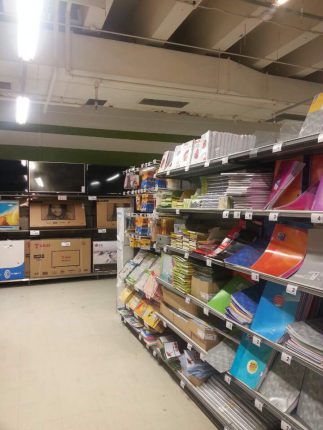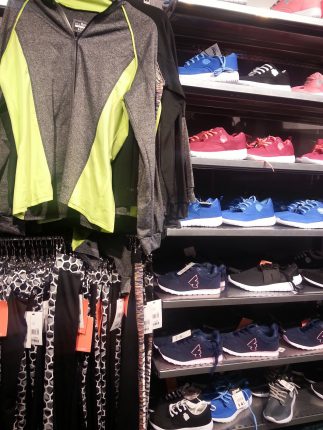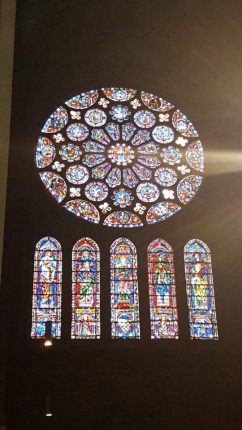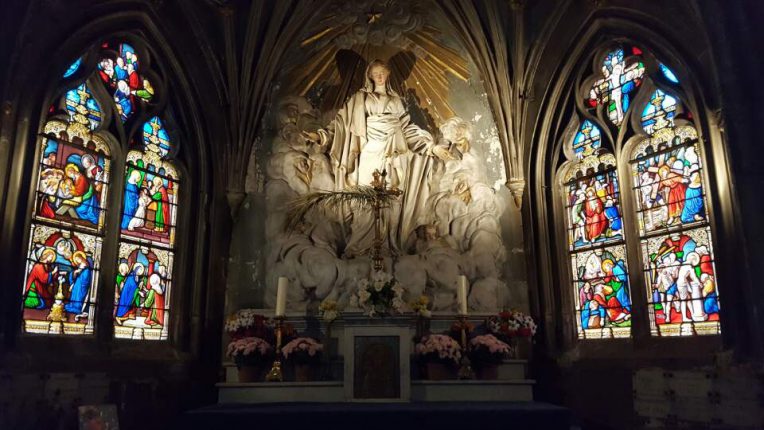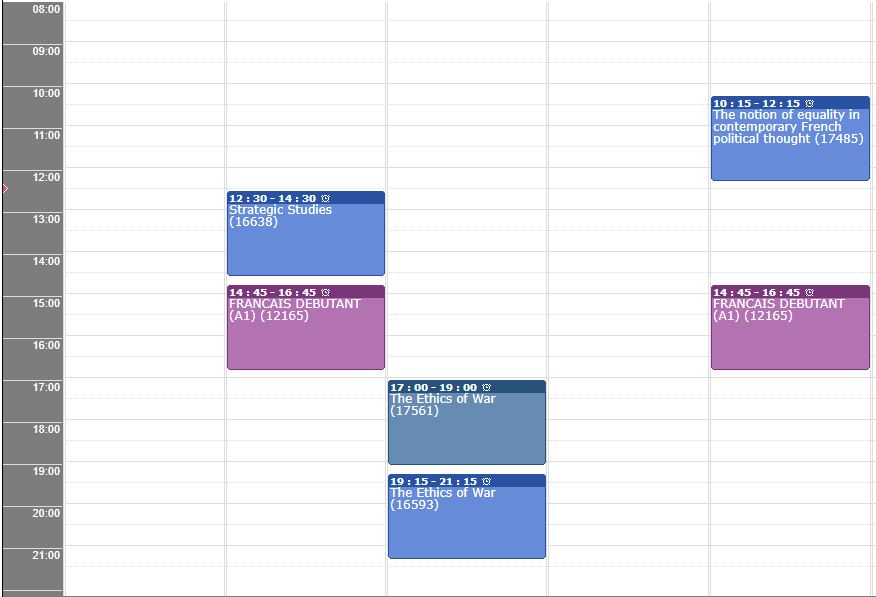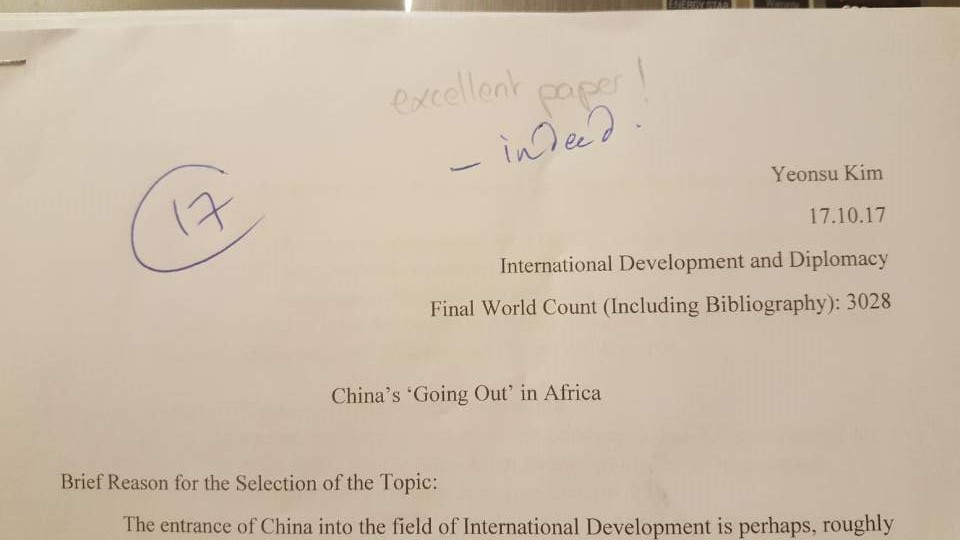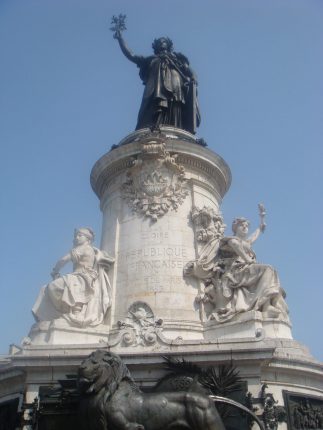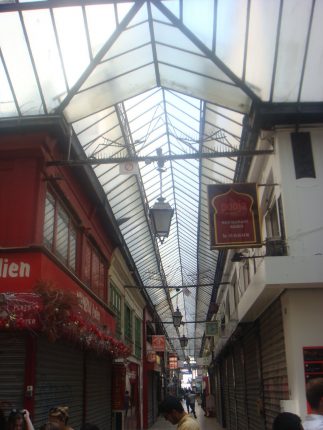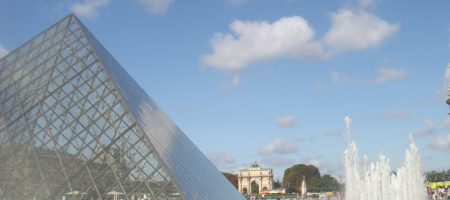France | Tips and Tricks
BY EILEEN KIM
I just finished my last final paper, and with that this is indeed the end of my first semester in Paris. I will soon be traveling to south of France for Christmas and New Year’s.
Fall 2017 in Paris was an absolutely wonderful experience. I loved every moment I spent here. The Eiffel Tower, city lights in night, amazing museums and breathing culture, wonderful classes and instructors, and more than anything, people I got to meet and to call friends for life.
Usually, this is where the story ends for semester students. But I am, fortunately, a year-long study abroad student so my story will go on. I will continue to dance under the city lights and sing in the rain. But, I will be doing that with new friends next semester, or with same friends but in different cities. I don’t know where and to whom life will take me next, but I am super excited to find out.
So, with this bitter-sweet note, here are things I wish I had known or had done differently in Paris. Things I wish you can do when you get here someday.
1. Sim Card
Even before I arrived in France, I knew I wanted to get a sim card from Free Mobile. However I waited until I got to Paris and bought one physically at its store for 19.99 euros a month. There was an online offer for 15 euros a month, and I could have had taken up the offer before I arrived since I already knew my address for Paris.
- Travel More with Sun
I did not travel much in the beginning of the semester since I prioritized getting adjusted to Sciences Po and Paris more than anything. However, as time goes by Sun only gets shorter and shorter and more and more assignments pile over. First four weeks are the best time to travel indeed, before the actual Fall break, and I wish I had taken more of the opportunity to travel not only France but also other European countries.
- Museums and Cafes during Gap Hours
One of best thing about Sciences Po is its prime location at the heart of Paris. Louvre and Orsay museums are just steps away, and the school is surrounded by amazing cafes and brasseries. I wish I had taken more advantage of my 2 hours (2.5 hours if counting 15 min passing periods) gap and visited them more often when there are less tourists around.
4. Pharmacy and Medicines
Most adventures in Paris are fun, but not all of them, including getting sick in Paris. Paris has an interesting system of local pharmacies covering every major block in the city, and each of them is ran by its own system, it seems. One proof of it is its price. Over the counter medicines differ in their prices range per pharmacy, not even per location. For example, I found a cold medicine at a pharmacy for 6 euros and for 4 euros at the one right next to the first pharmacy. City Pharma is the cheapest and one of the biggest pharmacies I had come across, and I wish I had learned about the place sooner!
5. Metro Terminals and mini-travels
Traveling can become daunting when schedules begin to be crammed with many and many assignments. Yet day trips in Paris are not so difficult, thanks to the awesome metro system they have that extends out to nearby Ile-de-France areas. Many metro terminals end somewhere outside Paris, and just taking a random line to a random terminal can in and out of itself be a great adventure. It is part of France that I had completely overlooked, and I wish I had enjoyed more of it, especially on Thursdays when I had no class.
Yet, fortunately, I am here for another semester, and I will get to explore Paris of Spring 2018 as well. I am very excited what the new semester will bring, and hopefully one day you can be as excited to come study in Paris as well.
Thank you for keeping up with my blog, and for one and for all, bonne journee!
– Eileen
Eileen Kim studied abroad in Paris, France in 2017: http://eap.ucop.edu/OurPrograms/france/Pages/political_science_sciences_po.aspx


















